THEY came - starving and terrified - in cattle cars.
Uprooted from their homes and families, the hundreds of thousands of brutalised people were greeted by these words at the gate of their new home: “Arbeit macht frei”: “Freedom through work”.
It was a cruel lie. The Nazi butchers had other plans for Europe’s Jews.
Like animals, the victims were herded by uniformed men with guns into barracks then systematically worked to death, or sent to the gas chambers. Some even had horrific medical experiments performed on them.
More than one million of them were murdered.
Seventy years later, the world has been reminded: Never forget.
Elderly Holocaust survivors have this week returned to the infamous Auschwitz-Birkenau death camp, 70 years after it was liberated, to bear witness to one of history’s worst atrocities.
Around 300 survivors, some of them wearing scarves in the blue-and-white stripes of their camp uniforms, joined world leaders for an emotional memorial at the epicentre of the Nazi genocide of European Jews.
The memorial at the austere camp, which was blanketed in snow, comes amid growing concern over a resurgence in anti-Semitism in France, Germany and other parts of Europe.
“We do not want our past to be our children’s future,” said survivor Roman Kent, 86, his voice breaking with emotion.
“Witnessing the atrocities committed at the entrance gate of Auschwitz was enough to keep me awake until the end of time.”
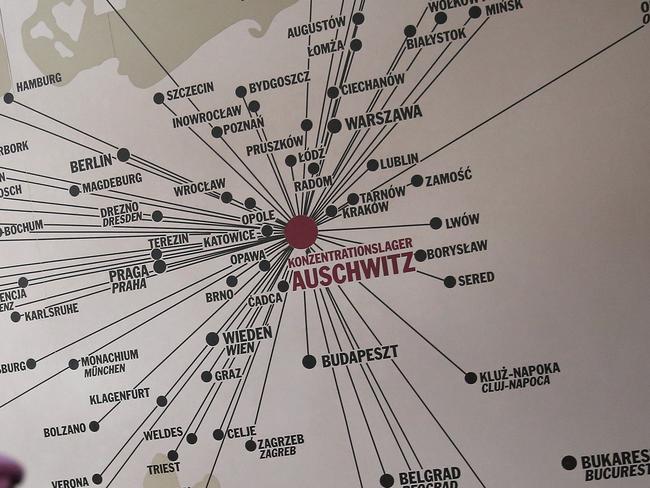
In Auschwitz’s four years of operation, about 1.1 million people were killed there.
One million of those were Jews – men women and children.
Their deaths were agonising - most herded into bricked-in caverns and suffocated by Zyklon B gas.
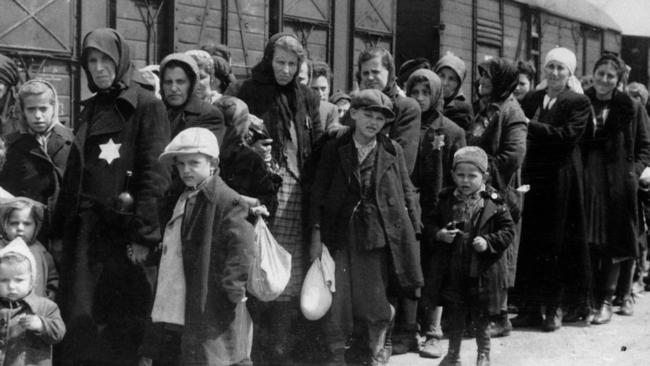
Other victims included about 74,000 Poles, 21,000 Gypsies, the disabled, homosexuals and political prisoners. Soviet POWs were also sent there and killed.
Many were herded into showers and gassed to death. Others were shot or worked to death or died of starvation.
The camp was also the base for the infamous “Angel of Death”, Dr Josef Mengele. He was notorious for the selection of victims to be killed in the gas chambers and for performing unscientific and often deadly human experiments on prisoners. Hundreds died horrible, agonising deaths at his hands.

The camp was established on site of abandoned Polish army barracks by Rudolph Hoess in May 1940 and began taking prisoners a month later.
Initially, inmates were shot but Nazi leaders became concerned by the psychological damage this caused soldiers. Experiments with the gas Zyklon B were carried out in 1941.
In January 1942, Nazi leaders met to plan “The Final Solution” to the “Jewish problem”.
By April 1942, the first mass-gassing of Jews occured at Auschwitz. This followed Heinrich Himmler’s order to “cleanse” Poland of all Jews.
The next problem was disposal of bodies. Ovens come into use in 1943. They could barely keep up, burning 24 hours a day.
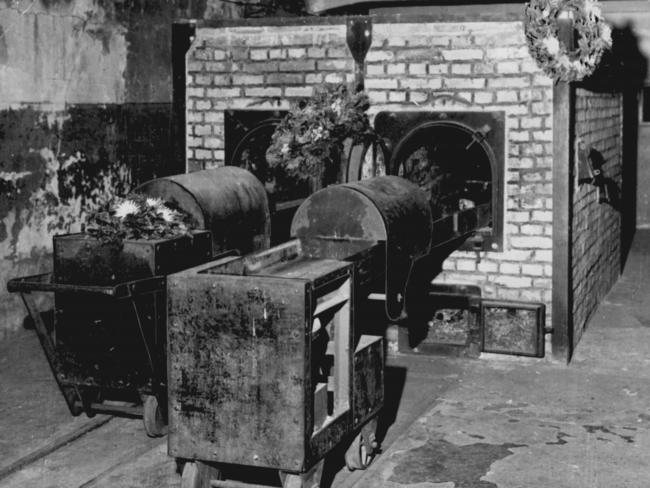
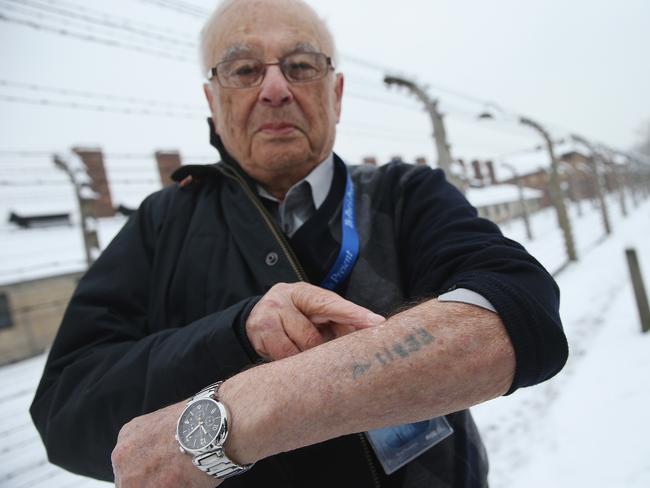
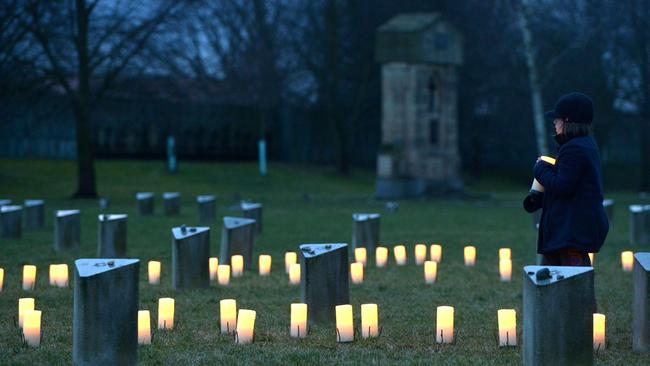
But the Germans were meticulous. They kept their victims’ hair, teeth, clothing and possessions. All were to be recycled.
In August 1944 the Gypsy camp at Auschwitz was liquidated - thousands more perished. An uprising by inmates was brutally put down by the SS in October.
But the end was near.
On January 27, 1945, the Red Army liberated the remaining 7000 prisoners.
When newsreel footage was finally released, exposing the full horror of the death camps, the world was shocked.
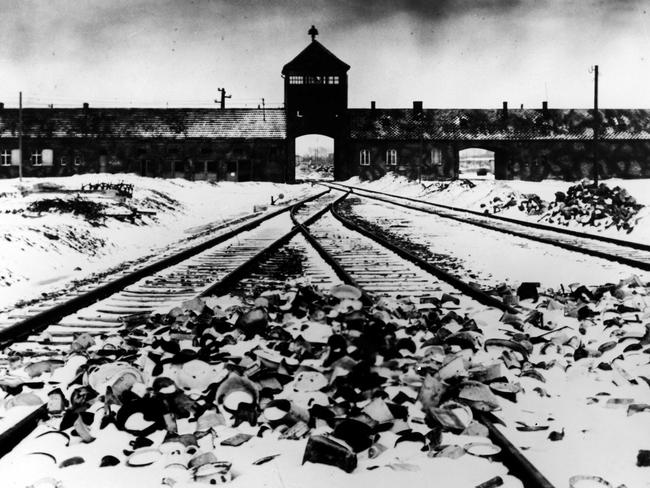

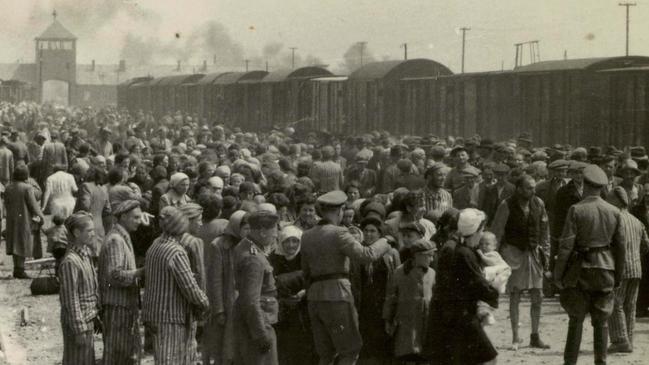
Add your comment to this story
To join the conversation, please log in. Don't have an account? Register
Join the conversation, you are commenting as Logout
Here’s what you can expect with tomorrow’s Parramatta weather
As autumn sets in what can locals expect tomorrow? We have the latest word from the Weather Bureau.
Here’s what you can expect with tomorrow’s Parramatta weather
As autumn sets in what can locals expect tomorrow? We have the latest word from the Weather Bureau.